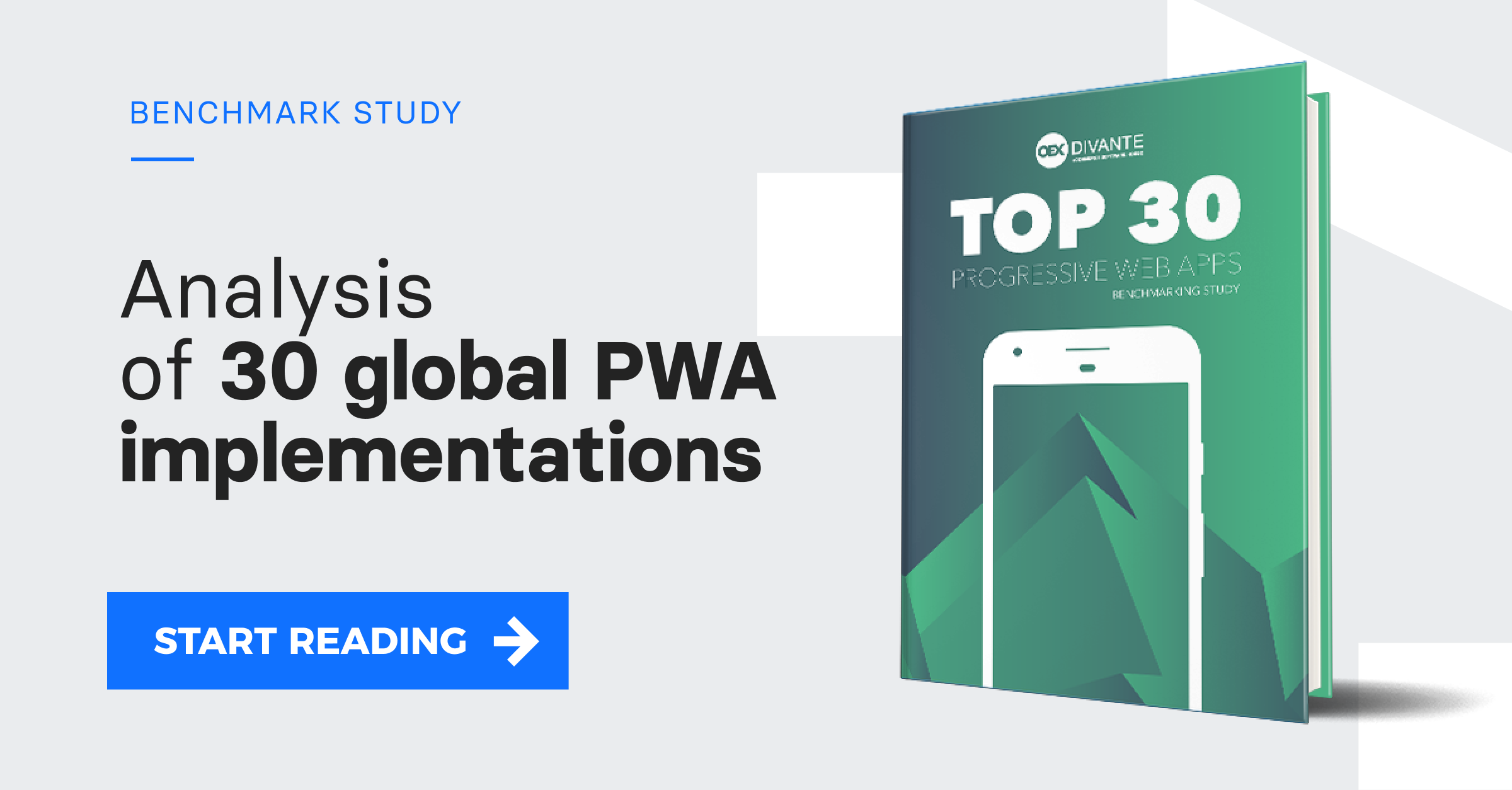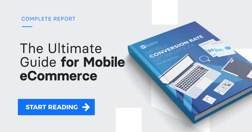Progressive Web Apps caused a revolution in mobile user behaviors. By combining features of web pages and mobile apps, they put users on an entirely new journey. Now, business needs to study it and understand it.
From the technical point of view, PWA are web applications that behave like native apps.
This means that Progressive Web Apps:
- can be added to the Home Screen of the mobile device like a typical native app,
- can use push-notifications to engage user, etc.
- can be installed directly from the browser (entirely skipping app marketplaces, any app submission and user acquisition costs),
- can be used without an internet connection,
- are very fast
- are always up to date (native apps update only via wifi by default, while PWA update in the background).
The technology behind PWA evolved from the web, but PWAs’ design and UX look just like mobile native apps.
So, how will the user treat PWA?
As a mobile app or as a website?
Uncovering user behavior in PWA
People can use Progressive Web Apps in the browser. The biggest benefit of using PWA as a web page is that they work off-line and they’re very, very fast. From there, they can install the web page as an app on, e.g., a mobile device.
From a business perspective, it’s a good idea to convince the client to install the app locally. There is even a default method for doing so in the PWA standard. Installing a PWA is much faster than installing a native app, and studies show that speed is one of the most crucial aspects for a positive user experience. The obstacle comes with the first run of a PWA. While a native app is installed separately and the first visit is smooth, PWA are installed on the first visit of the user. At this one moment, a PWA can be slower than a native app and we must learn about users’ reactions to this.
Another aspect which is crucial for the success of the mobile app is its size. Users don’t like to install apps because they are afraid of the disk-space used by the apps. With PWA, this looks different because of two things. First of all, PWAs are much lighter. Secondly, users don’t see the typical installation process. He or she just clicks on dedicated button in the browser or on the web page, and the shortcut is created on the home screen. Of course, in the end, when the PWA is booting, the whole content is downloaded and it will use some storage on the mobile device. In the long run, users can be negatively surprised that PWA, even if much lighter, also steal precious space from their smartphones.
The next important issue here is the marketplace model vs. open installation. For sure, it’s great that installation with PWA is super-easy, but without a marketplace model, the user is fully responsible for their safety when he is installing the app. What’s more, with a lower entry point, we can anticipate a higher number of apps from suspicious sources. So from a safety point of view, we need to educate users to install PWA only from safe, secure and trusted sources. This is partially done by Google by encouraging website owners to use HTTPS.
Due to blurring the line between apps and websites, users will seamlessly move within different omnichannel solutions. For many businesses, it’s a desirable situation – but it also raises questions on user expectations, consistent design between platforms and building a new customer purchase path.
Researching user behavior on PWA
In the near future, PWA will bring considerable benefits for your business. But first, we must conduct the proper research into changes in behavior among progressive web app users. To start with, I propose the following research:
Proposed research
- User-tests – 3-4 apps with Native, Web and PWA versions OR user-tests
- Similar scenarios
- In-depth interviews with users after using a Native App, Web, and PWA
- What were the differences between using each solution?
- What were the pros and cons of each solution?
- How does the mental model of a PWA look?
- Conclusions
- How do users see and use PWA?
- What are the advantages/disadvantages of PWA in the eyes of users?
- Which patterns are understandable by users and which aren’t?
This is essential, not only to understand new patterns, but also to create solutions and processes that will drive development and revenue in eCommerce. If you are interested in learning about new user behaviors in PWA, please get in touch with us.
At Divante, we are looking for a research partner that could help us to understand these changes and share the outcome with the community.
Published October 4, 2018















